One day last April I cruised to a little wide-spot-in-the-road nearby called Niwot. Size notwithstanding, this little berg has it going on. It’s unincorporated but definitely has its own identity. It lies halfway between Boulder and Longmont, which is just north of where I live. It’s a historic little place, with the Old Town district occupying two or three blocks along a very wide street. You can see the western style of architecture:
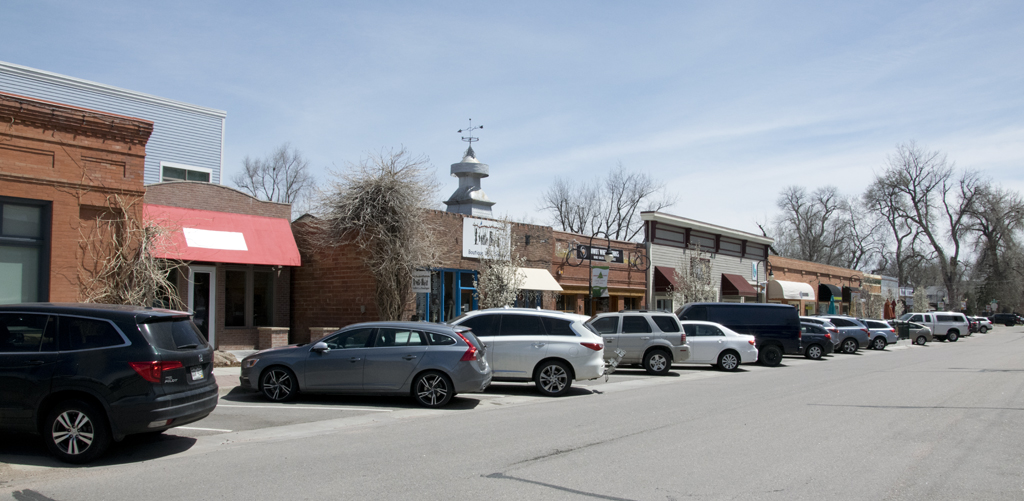
Much like the small town of Lutz where I lived in Florida, Niwot started as a railway stop. Sugar-beet farmers would line their loaded wagons up and down this main street, waiting to unload their harvest onto the train. That doesn’t happen today, of course, but Niwot thrives as a cool, artsy place, with galleries, restaurants, an antique store, a pub and lots of places to spend leisure hours.
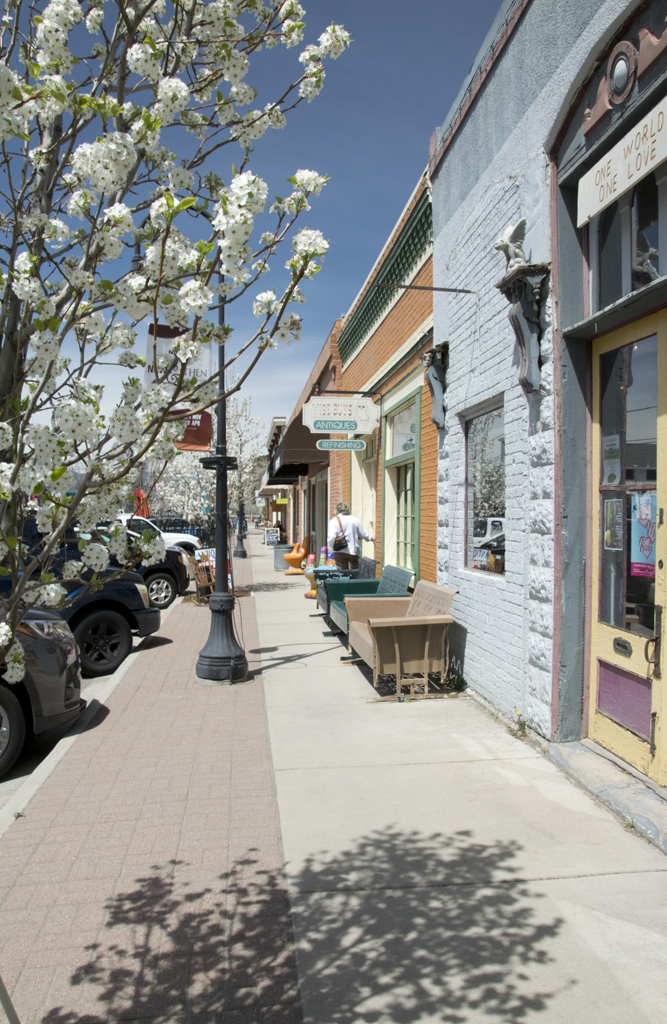
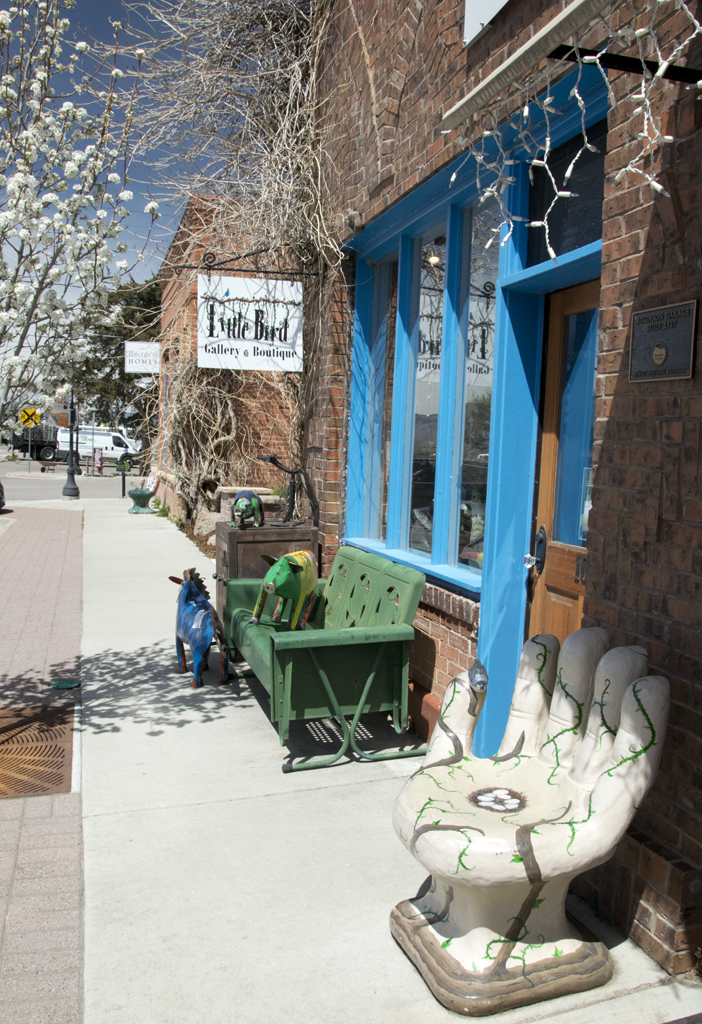
I was there fairly early on a weekday, but I got the impression that it’s an evening and weekend place. This is borne out by numerous articles I’ve read about the many events in Niwot, including frequent parades, concerts and community haps.
Niwot took its name from a Native American Arapaho Chief. His name translates as “left hand”. Chief Niwot welcomed white settlers into the area in 1859. Unfortunately, he was slain in 1864 during the infamous Sand Creek Massacre, which was pretty grisly. Look it up; I won’t go into the injustice and violence here. It was just awful.
Anyway, Chief Niwot’s legacy is that the town of Niwot lies in Left Hand Valley and isn’t too far from Left Hand Canyon and Left Hand Creek. He also accounts for the name of the Left Hand Brewing Company and several other establishments with left hand in the name.
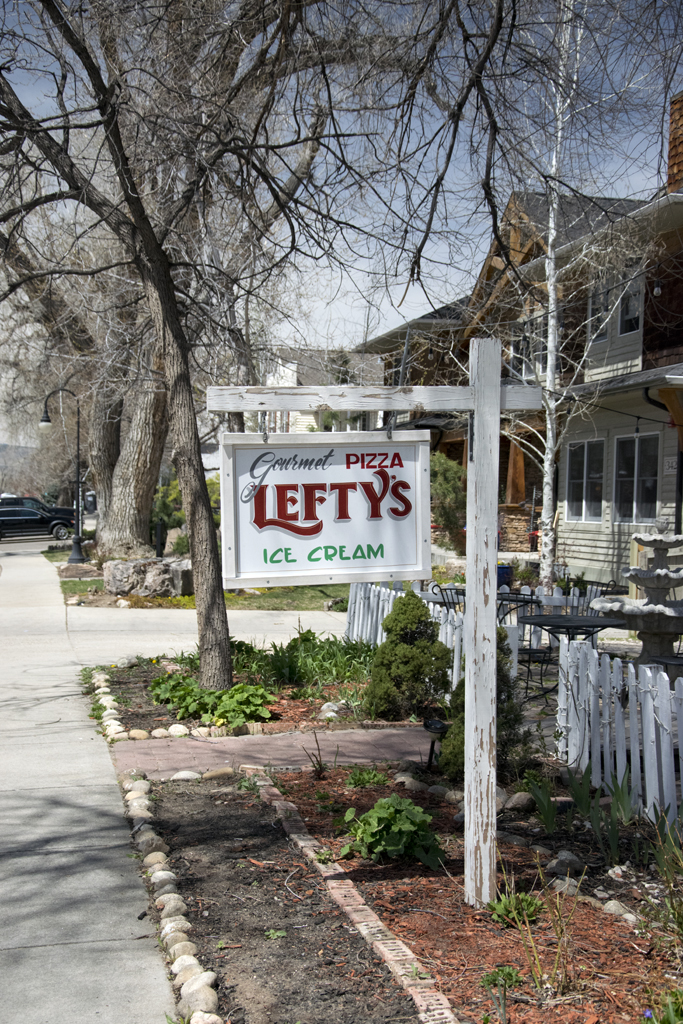
Another of those establishments is the Left Hand Grange No. 9, smack in the middle of town:
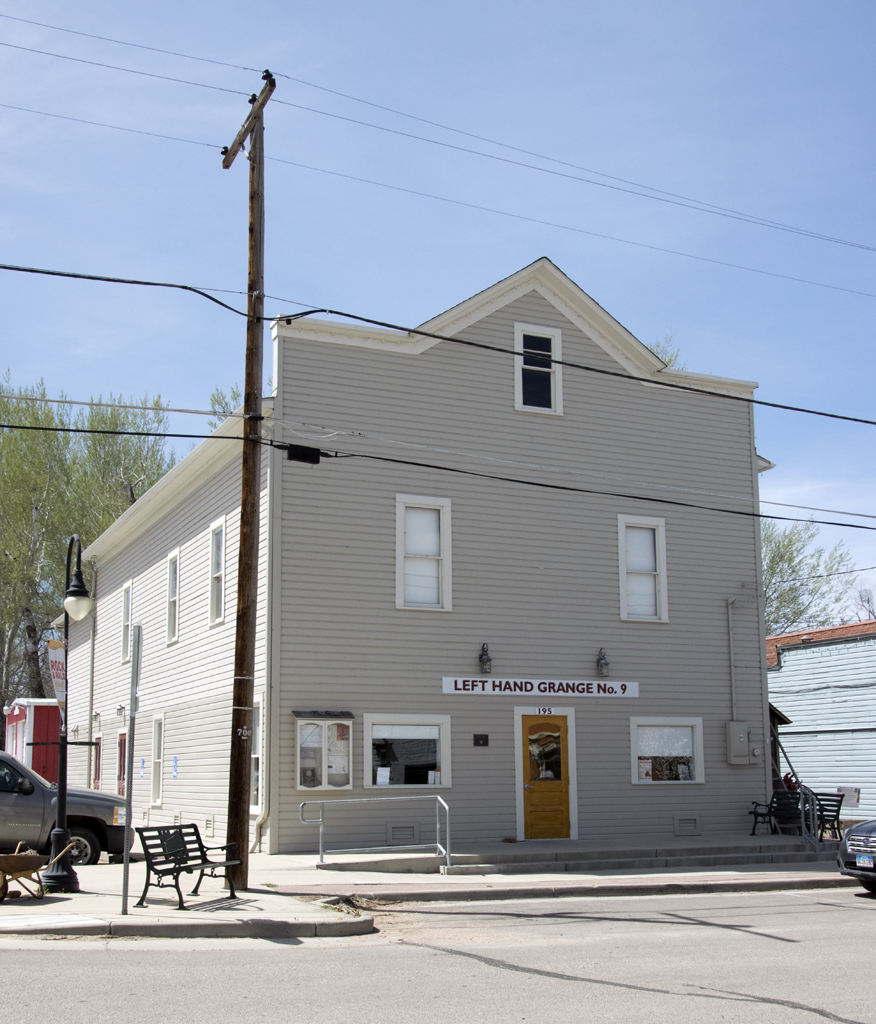
Grange halls were built as meeting places for the grange organization chapters, official name: National Grange of the Order of Patrons of Husbandry. Established in 1867, this non-profit was focused on fostering community cohesiveness in rural areas and helping farmers and others in agriculture to be successful. These days it’s a community organization centered on volunteerism. Even my little town has a Grange Hall (No. 136, if anybody’s interested, built in 1916). Niwot’s Grange chapter dates from 1874, and they bought this building in 1945. Today it’s a center of community activity; clubs use it for meetings and many social and fundraising events take place here.
Next to the Grange Hall is the Old Firehouse Museum:
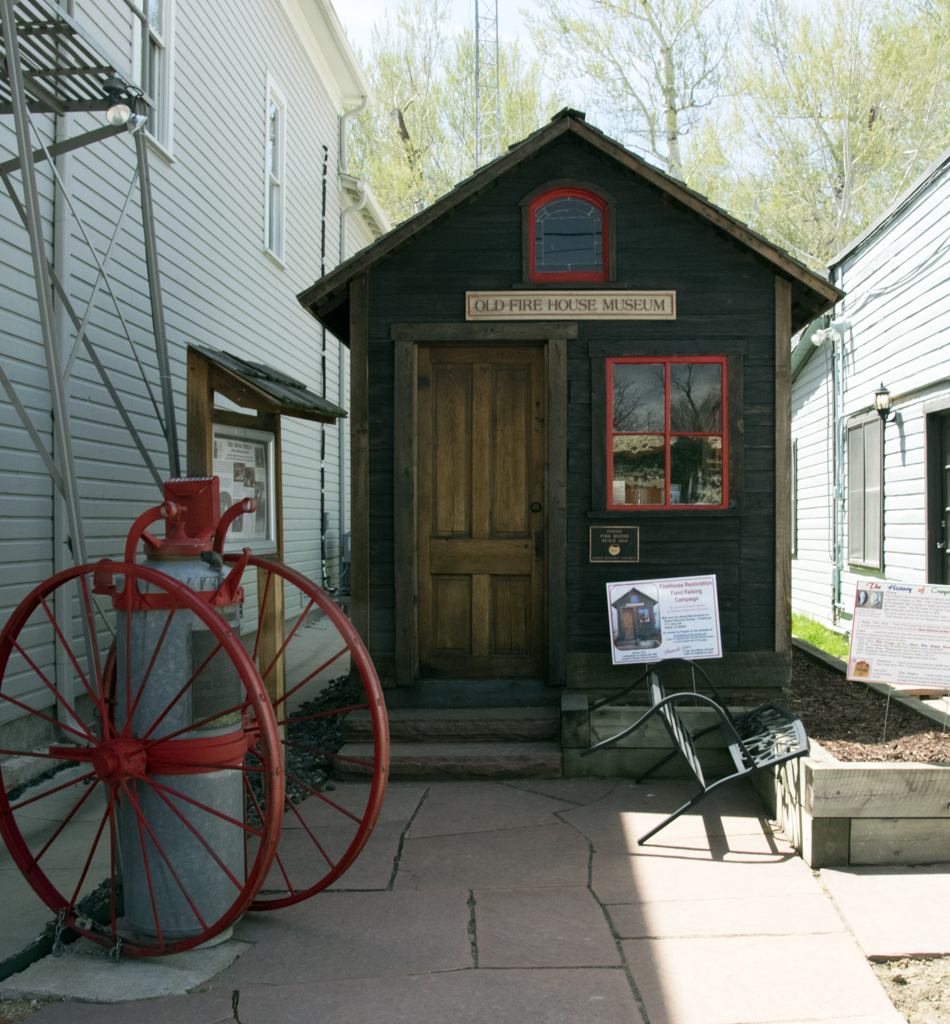
Across the street is the original Niwot Tribune building, though these days it houses a store. I love that they still have the Tribune sign.

Now that you know “Niwot” translates as “Left Hand”, you can understand why almost every business has a uniquely-painted hand chair out front:
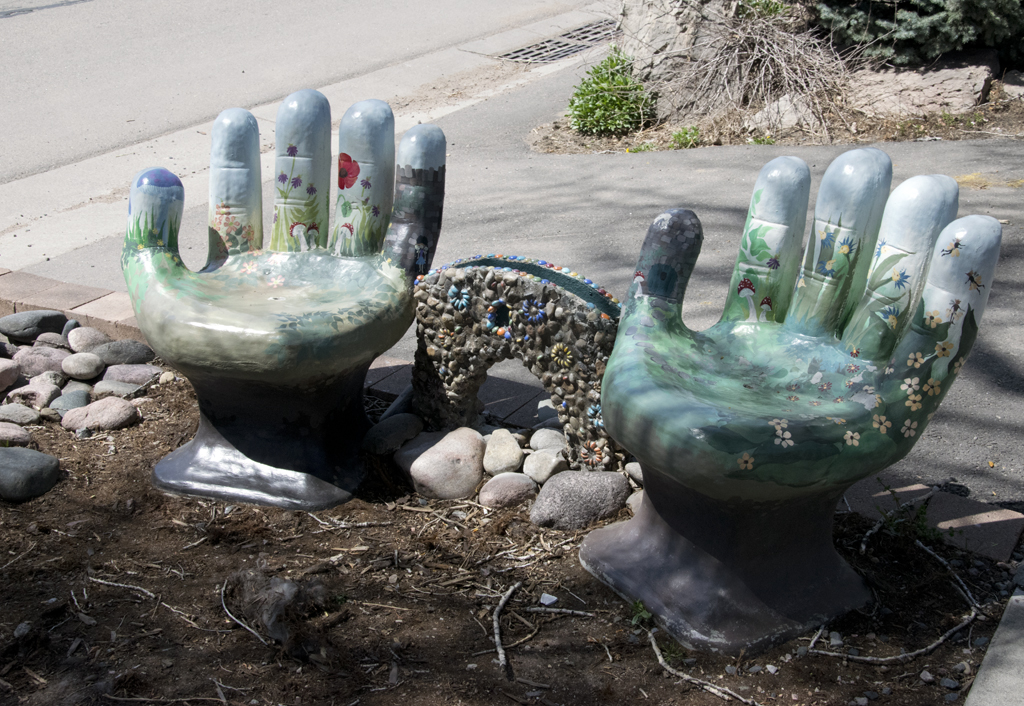
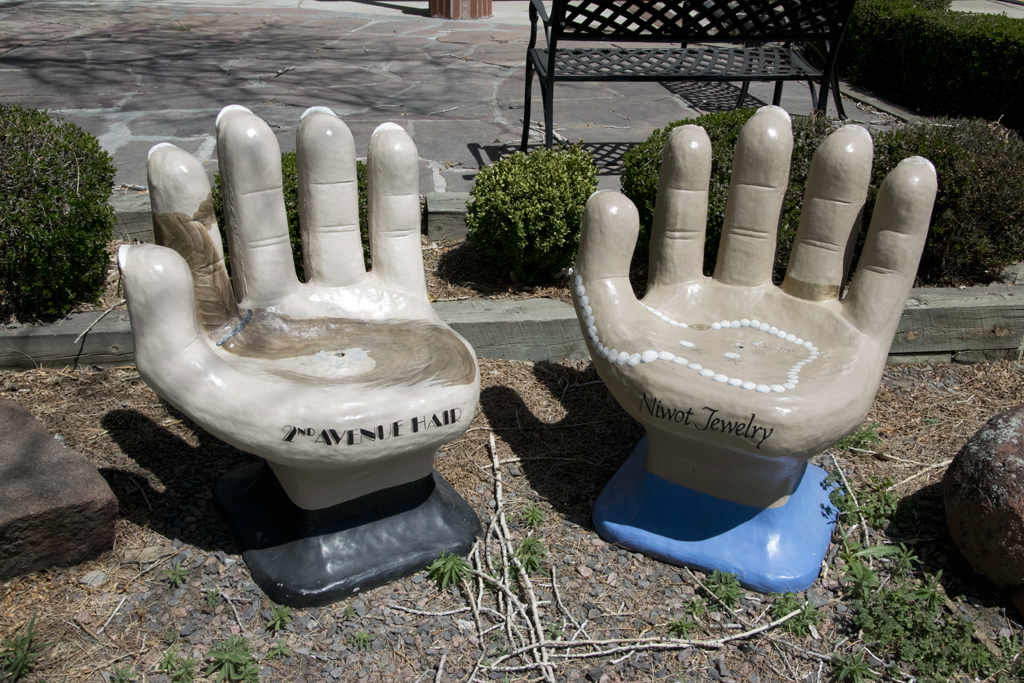
And they’re all lefties. They fit in with the artsy atmosphere around here!
By far the most comfortable spot in town looked to be the Niwot Inn and Spa:
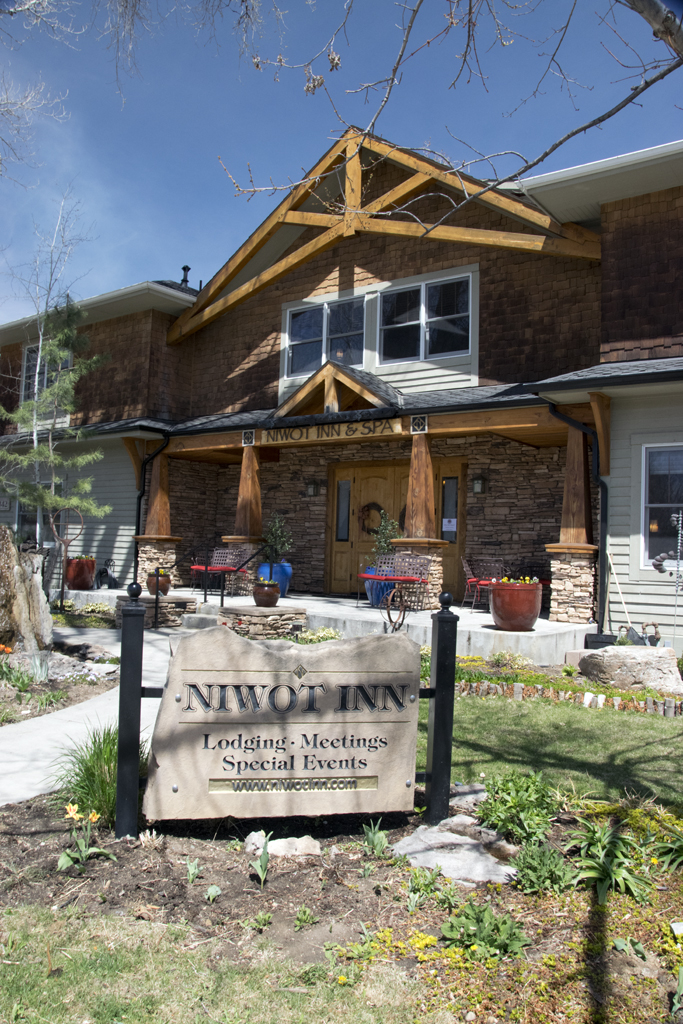
On my list: book a stay here and see what the weekend night life is like. I’ll keep you posted!
In keeping with the quirky flavor of the town, and in addition to the shops and galleries, you can find a tack shop, a feed store, an import car dealer, a fresh market, hand-painted murals and more than a couple of upscale restaurants.
At the end of the main street of the Old Town (which is actually Second Avenue), there are some sculptures of Native Americans hewn out of tree trunks:
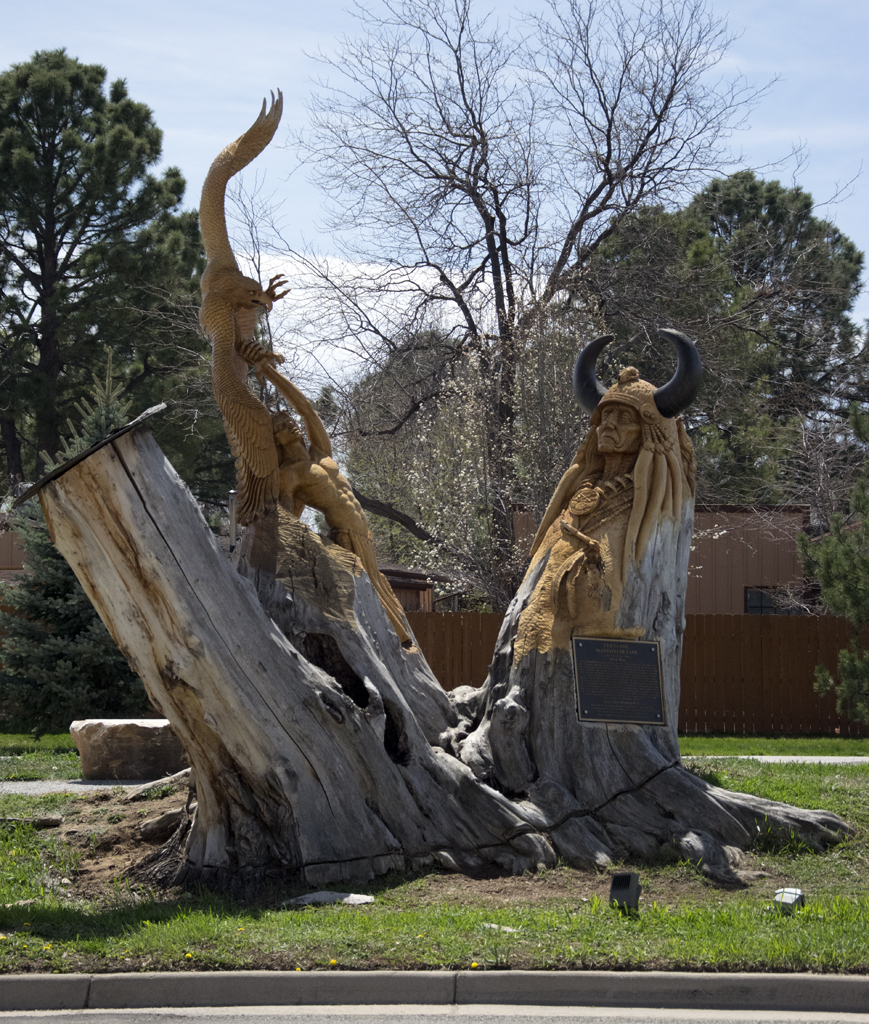 They are quite impressive. I’ve seen them referred to as chainsaw sculptures, but I question that a little bit. They seemed far too intricate and detailed. But maybe I just misunderstand chainsaw sculpting.
They are quite impressive. I’ve seen them referred to as chainsaw sculptures, but I question that a little bit. They seemed far too intricate and detailed. But maybe I just misunderstand chainsaw sculpting.
In any case, I hope you enjoyed the trip to little Niwot. I’m sure it’s worth more than one visit, though!
Photo for No Apparent Reason:

The lefties are great. Nice idea! 😉